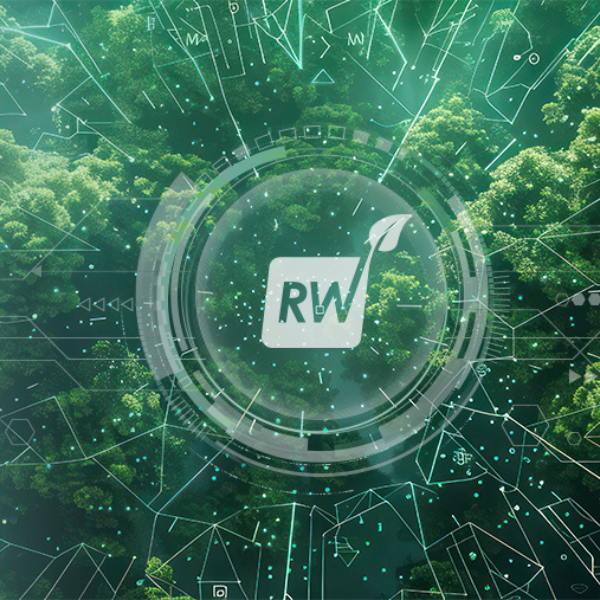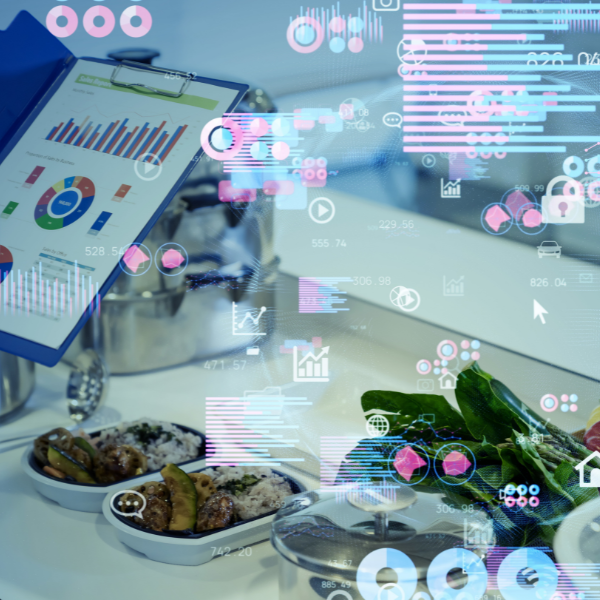
Understanding Compostable and Recyclable Packaging
What is Compostable Packaging?
Compostable packaging is designed to break down into natural elements in a compost environment, leaving no toxicity in the soil. Typically made from plant-based materials like cornstarch, bagasse, or PLA (polylactic acid), these products decompose within a specific timeframe under composting conditions. However, it's crucial to note that most compostable packaging requires industrial composting facilities to break down effectively, which may not be readily available in all regions.
What is Recyclable Packaging?
Recyclable packaging refers to materials that can be collected, processed, and remanufactured into new products after their initial use. Common recyclable materials include certain plastics (like PET and HDPE), glass, aluminum, and paper. The effectiveness of recycling depends heavily on the availability and efficiency of local recycling programs and the proper sorting of materials by consumers.
Environmental Impacts of Compostable vs. Recyclable Packaging
Composting and Its Benefits
Recycling and Its Challenges
Navigating 2025 Packaging Regulations
International Standards
Local Compliance for Foodservice Businesses
Cost Implications of Sustainable Packaging
Initial Investment vs. ROI
Consumer Perceptions and Expectations
Marketing Sustainable Practices
Meeting Customer Demands
Surveys show that many consumers are even willing to pay a premium for environmentally responsible products. Clear labeling, informative signage, and staff education can help customers properly dispose of materials, ensuring your efforts translate into real-world impact. Businesses that simplify sustainable behavior for consumers often see higher engagement and customer satisfaction.
Infrastructure Challenges and Solutions
Composting Facility Accessibility
Recycling System Efficiency
While recycling systems are more common, they are not universally efficient. Cross-contamination, unclear labeling, and varying municipal guidelines all contribute to recyclable items ending up in landfills. Training employees and informing customers can improve sorting accuracy and increase the volume of materials that are effectively recycled.
Real-World Applications and Case Studies
Successful Implementation of Compostable Packaging
Effective Use of Recyclable Materials
Chains like Starbucks and McDonald’s have rolled out recyclable packaging initiatives globally. Through collaboration with recycling firms and investment in clearer labeling, they’ve improved recycling rates and set industry standards for sustainable practices.
Future Trends in Sustainable Packaging
Emerging Materials
Technological Advancements
Smart packaging—equipped with sensors or QR codes—can now inform consumers on how to dispose of items responsibly. AI-driven sorting systems in waste management are also improving material recovery rates. Businesses that adopt these technologies early may benefit from enhanced sustainability metrics and regulatory compliance.
Making the Right Choice for Your Business
Assessing Business Needs
Strategic Implementation Plans
Start by piloting sustainable packaging in select locations or for specific product lines. Monitor performance, solicit customer feedback, and track environmental impact metrics. Work with suppliers who can provide detailed sourcing and disposal guidance to ensure your sustainability goals are met.
The choice between compostable and recyclable packaging is nuanced and highly dependent on local infrastructure, customer preferences, and business capabilities. By understanding the strengths and limitations of each option, foodservice businesses in 2025 can make informed, strategic decisions that benefit both their operations and the environment. Now is the time to evaluate your packaging, engage stakeholders, and take meaningful steps toward a more sustainable future.






